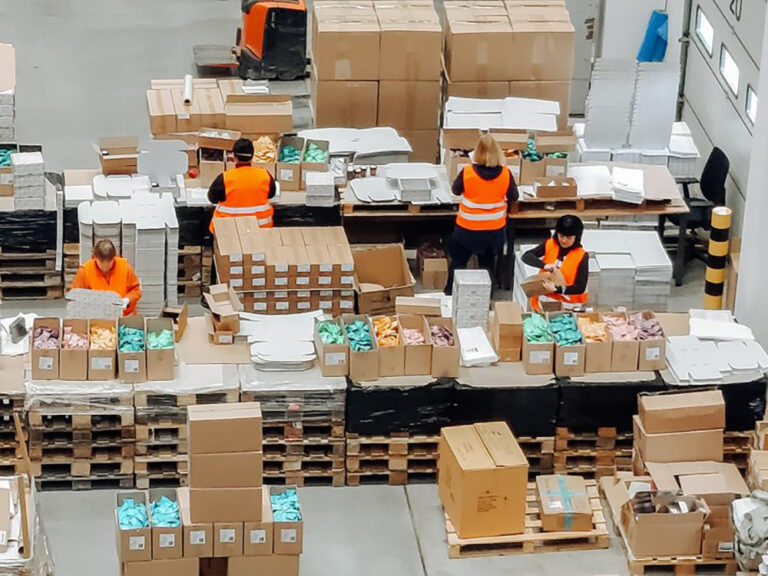Concrete vs Cement: Key Differences Explained
If you’ve ever used the terms concrete and cement interchangeably, you’re not alone. Many people think they’re the same thing—but they’re actually quite different! Understanding the distinction between the two can help you better appreciate how buildings, bridges, and even sidewalks are made.
In this article, we’ll break down the real Concrete vs Cement differences, introduce you to the essential Rotary Kiln used in cement production, and highlight why Cementl is a trusted name in the industry.
What is Cement?
Cement is often described as the “glue” that holds construction materials together, but it’s much more sophisticated than that.
How Cement is Made
Cement is manufactured through a complex process involving raw materials like limestone, clay, and sand. These materials are heated in a rotary kiln—an enormous rotating furnace—at incredibly high temperatures (about 1450°C). This process creates clinker, which is then ground into the fine powder known as cement.
Role of Cement in Construction
Cement on its own is rarely used directly in large construction projects. Instead, it acts as a binding ingredient when mixed with water, sand, and aggregates to create concrete or mortar. Without cement, structures wouldn’t have the strength and integrity they need to last.
What is Concrete?
Concrete is the finished building material that most people are familiar with.
How Concrete is Made
Concrete is a mixture of:
- Cement (the binder)
- Water (activates the cement)
- Sand (fine aggregate)
- Gravel or Crushed Stone (coarse aggregate)
When combined, these ingredients undergo a chemical reaction called hydration, hardening the mixture into a strong, rock-like material.
Why Concrete is So Widely Used
Concrete is everywhere—from skyscrapers and highways to patios and countertops. It’s prized for:
- Durability
- Versatility
- Cost-effectiveness
- Fire resistance
- Ability to be molded into almost any shape
Simply put, concrete is the backbone of modern infrastructure.
Concrete vs Cement: The Main Differences
Now that you know the basics, let’s break down the main differences:
Composition
- Cement: A fine powder made from processed minerals.
- Concrete: A composite material made from cement mixed with aggregates and water.
Usage
- Cement: Used as an ingredient in concrete, mortar, grout, and other building materials.
- Concrete: Used to build structures like bridges, roads, walls, and floors.
Strength and Durability
- Cement Alone: Brittle and less durable.
- Concrete: Extremely strong, able to bear heavy loads and withstand harsh weather conditions.
Bottom line: Cement is to concrete what flour is to bread—an essential ingredient, but not the final product.
What is a Rotary Kiln? The Heart of Cement Production
You can’t talk about cement without mentioning the rotary kiln.
How Rotary Kilns Work
A rotary kiln is a long, slightly inclined cylindrical structure that rotates slowly.
Here’s how it works:
- Raw materials are fed into the high end.
- As the kiln rotates, materials move toward the lower end.
- Inside, temperatures reach up to 1450°C.
- Chemical reactions occur that form clinker.
- Clinker is cooled and later ground into cement powder.
Why Rotary Kilns are Essential
Without rotary kilns, producing high-quality cement would be impossible. They provide the precise heat and conditions needed to create the chemical compounds essential for cement strength and durability.
Cementl: The Trusted Name for Cement and Concrete Equipment
If you’re in the business of building, you need reliable equipment—and that’s where Cementl comes in.
Products Offered by Cementl
Cementl specializes in:
- Rotary Kilns: State-of-the-art designs for maximum efficiency.
- Vertical Roller Mills: For grinding raw materials and cement.
- Ball Mills: Traditional but reliable milling solutions.
- Mixers and Silos: For material preparation and storage.
Why Choose Cementl
- Cutting-edge Technology: Equipment designed for modern production needs.
- Durable Construction: Built to withstand heavy use and harsh environments.
- Global Support: Installation, training, and maintenance services worldwide.
- Commitment to Sustainability: Energy-efficient designs that reduce emissions and costs.
When you choose Cementl, you’re choosing performance, reliability, and long-term value.
Conclusion
Understanding the Concrete vs Cement distinction is key for anyone involved in construction or materials science. Cement is the critical ingredient that, when mixed with other materials, creates the concrete structures we depend on every day. Behind it all, powerful equipment like the rotary kiln makes cement production possible. And if you’re looking for the best in cement and concrete production equipment, Cementl is the name you can trust. Choose wisely, build better!
FAQs
Q1: Is cement stronger than concrete?
No, concrete is much stronger and more durable than cement alone.
Q2: Can you use cement without mixing it into concrete?
Rarely. Cement is typically used as a component in concrete or mortar.
Q3: What does a rotary kiln do in cement production?
It heats raw materials to very high temperatures to form clinker, which is later ground into cement.
Q4: Why is concrete so widely used in construction?
Because it’s durable, versatile, and relatively affordable.
Q5: Where can I buy high-quality rotary kilns and cement equipment?
You can find top-notch equipment through Cementl, a global leader in cement production technology.








